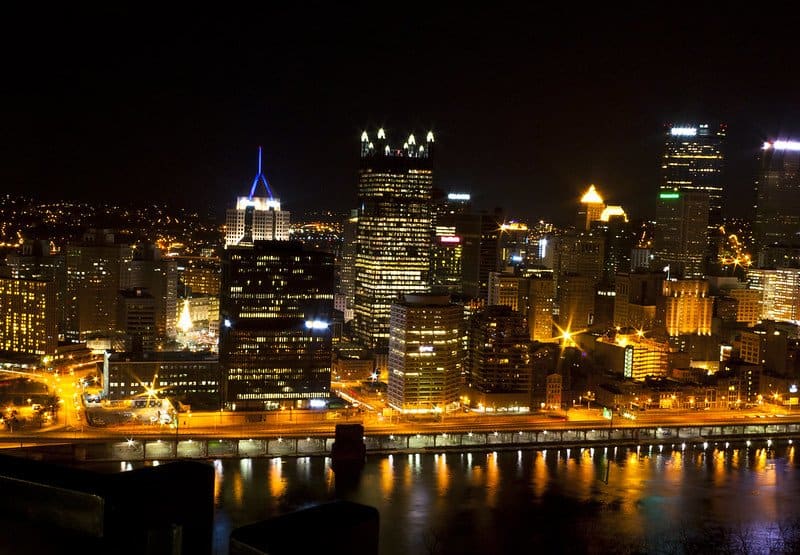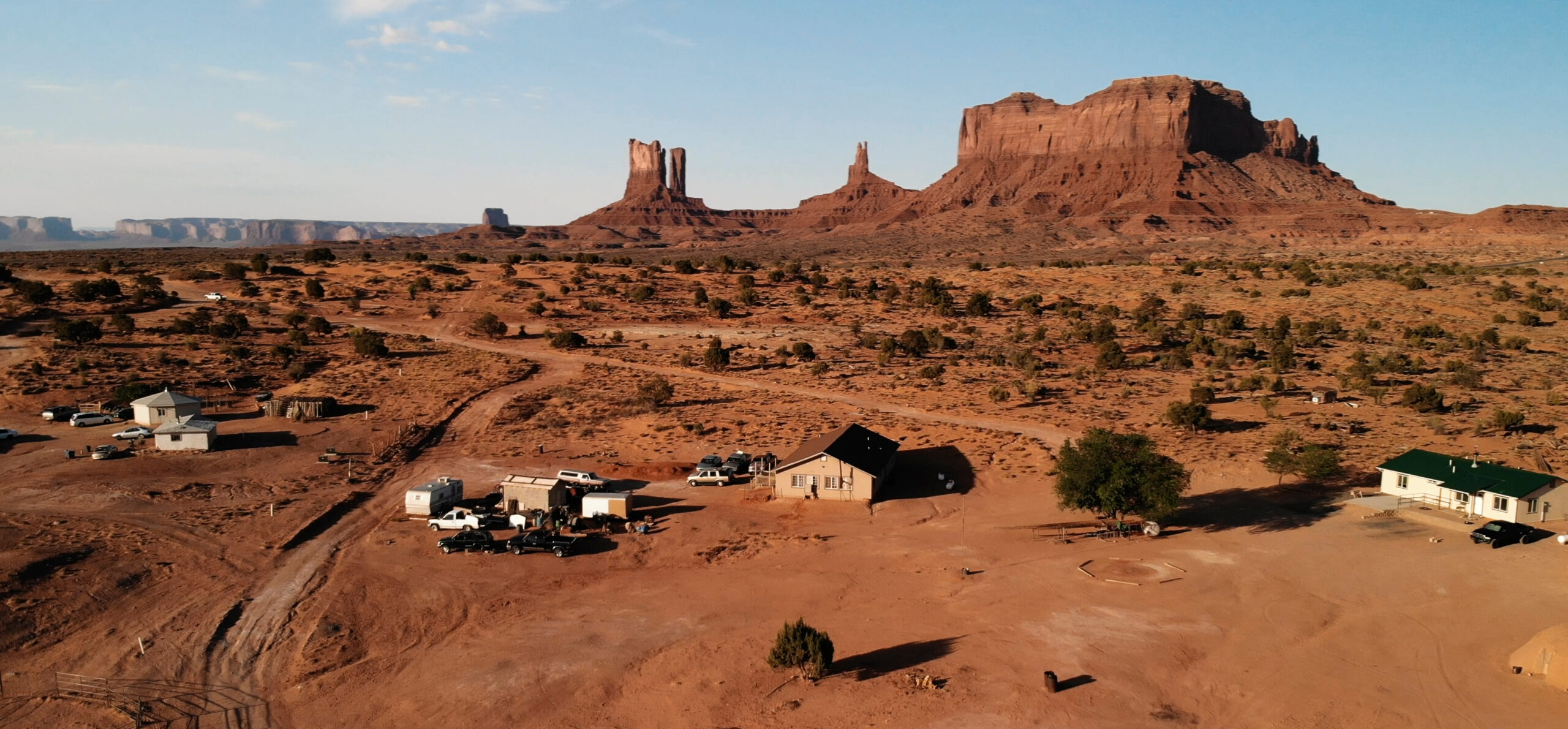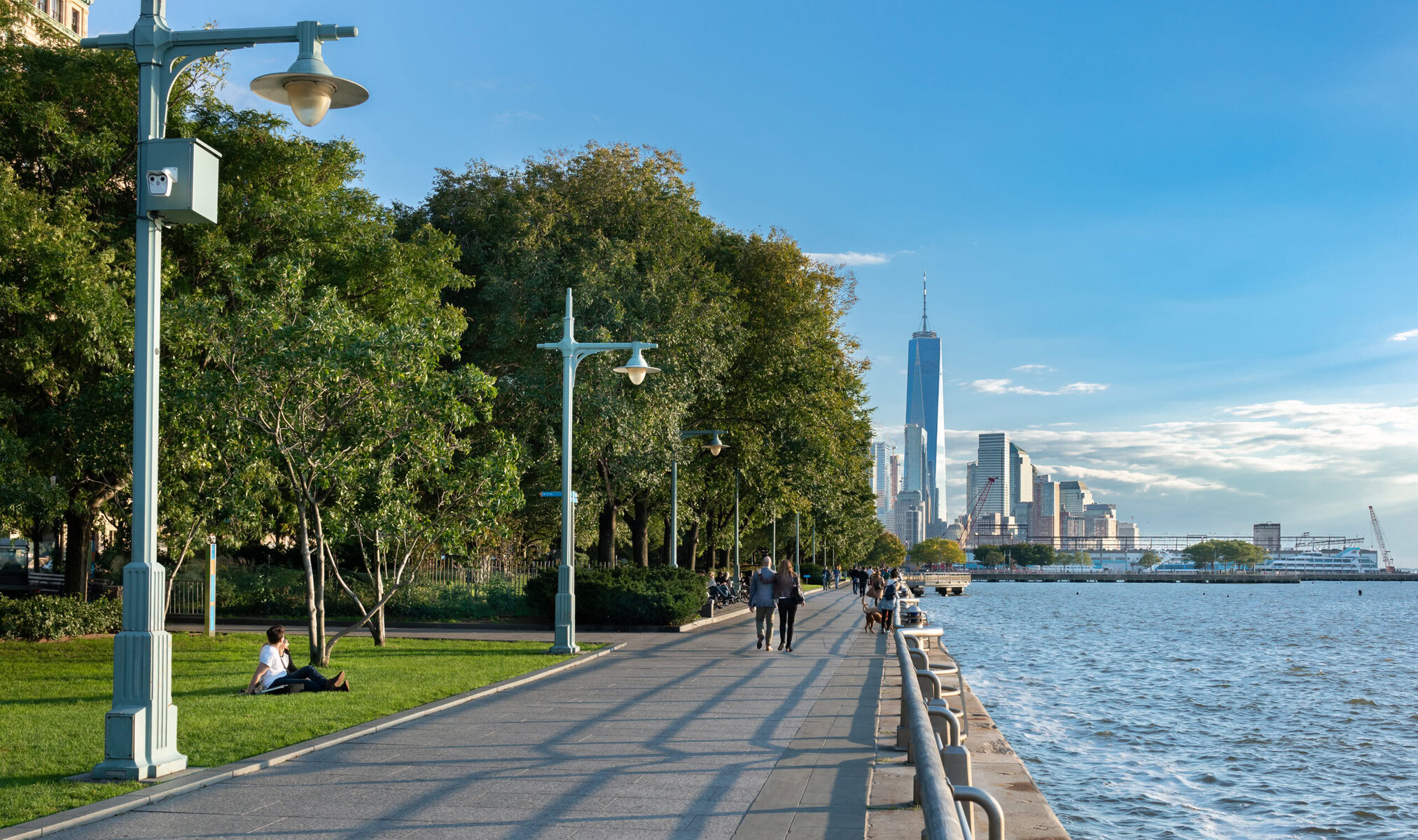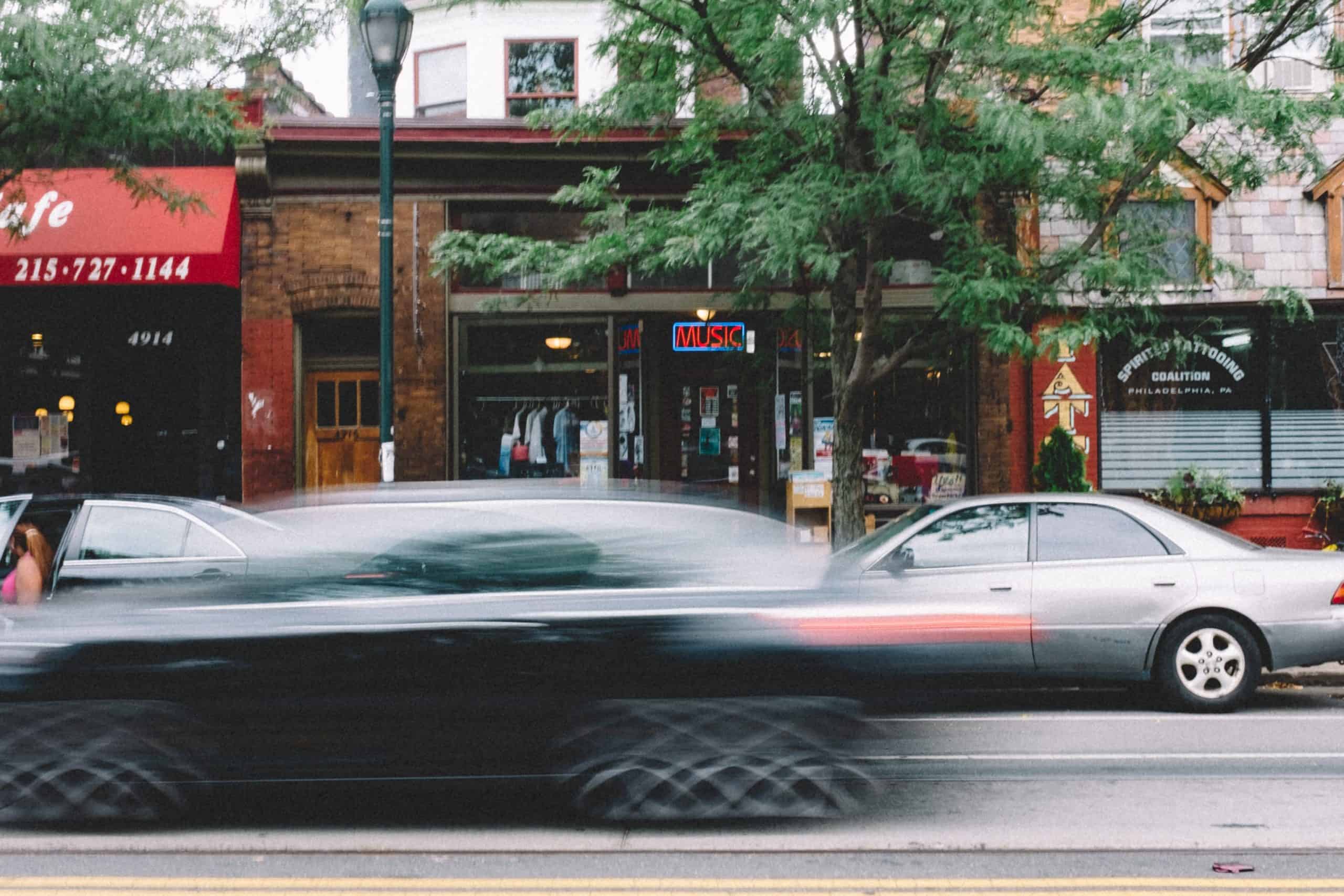Feeling cooperative
Worker cooperatives have grown in number during the pandemic, but one city is already an old pro at the employee-ownership model: Baltimore.
Local businesses in Charm City have been deeply immersed for years in what is now coming to be called the “solidarity economy.” The Washington Post describes worker cooperatives as “almost commonplace” among the city’s food industry, where numerous ice cream shops, pizzarias, craft breweries and coffee roasters are employee-owned. Many were established after the financial crisis of 2008, a period that saw worker co-ops thrive. But Baltimore’s co-op boom can be traced back even further, to 2004, when the vegan cafe and bookstore Red Emma’s went co-op and refashioned itself as a shared space and incubator for other local businesses looking to do the same.
“People want to do something they believe in that isn’t just going to benefit some corporation,” said the manager of local co-op cafe Joe Squared. “And they want to learn… When you are part of a co-op, you learn how to do pretty much everything.”
Read more at the Washington Post
That got dark
Last night was the longest, darkest night of the year in the Northern Hemisphere. In Pittsburgh, however, it’s about to get just a little bit darker.
As part of its effort to fight light pollution, the city is becoming the biggest in the U.S. — and the first in the eastern half of the U.S. — to “de-light the night” with a so-called dark sky ordinance. All 35,000 street lamps on city-owned property will be given more focused LED lights that emit dimmer, amber-colored light and direct their illumination groundward. The new lights will also reduce energy usage and costs. Light pollution has a range of consequences, from distracting migratory birds to obscuring the stars in the night sky.

Other U.S. cities, such as Flagstaff, Arizona, have dark sky ordinances, but Pittsburgh’s is getting attention because of the city’s size and the sheer amount of light it emits. “For major U.S. cities, especially those on the East Coast, [the ordinance] is quite a bit better than others that are out there,” said a member of the International Dark-Sky Association. “I think this is the future of outdoor lighting policy in the U.S.”
Stockings only
Another one bites the dust: Last week, Scotland officially said goodbye to the era of coal as it demolished the smokestack of its last coal-fired power plant.
The 600-foot Longannet Chimney, the tallest freestanding structure in Scotland, hadn’t belched out plumes of carbon dioxide since the plant officially closed in 2016. But its toppling was hailed as a potent symbol of the country’s commitment to clean energy. First Minster Nicola Sturgeon detonated the explosives that brought it crumbling down.
“The demolition of the Longannet chimney today marks the definitive end of coal power in Scotland,” she later wrote on Twitter, adding that Scottish Power, the company that owned the plant, now produces only renewable energy. The shutting down of the plant is in line with Scotland’s ambitious climate action goals: the government has committed to meeting 50 percent of energy demand with renewables by 2030, and to be carbon neutral by 2045.







